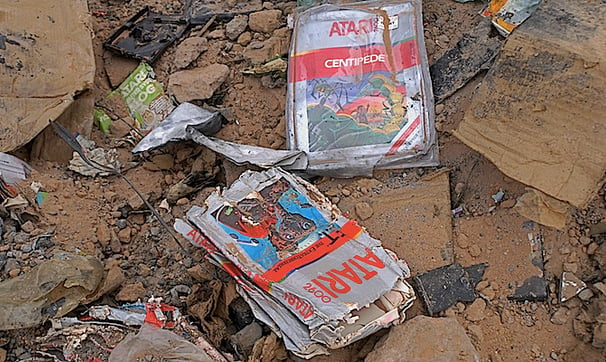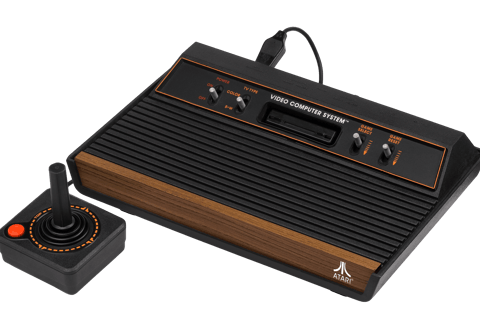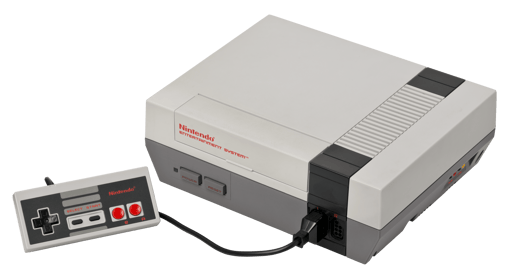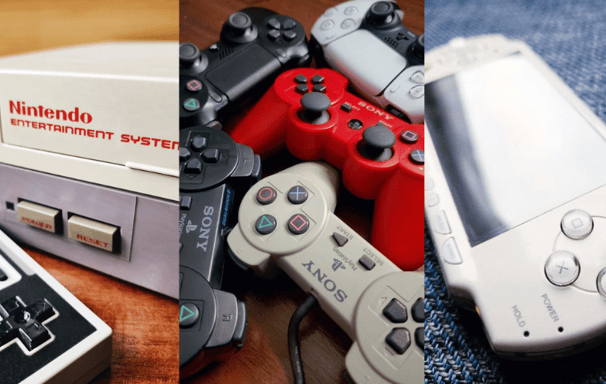The Video Game Crash of 1983: Causes, Impact, and How It Reshaped Gaming Forever


Excellence resides in quality, not in quantity. The best is always few and rare; much lowers value.
-Baltasar Gracián
A Boom Turned Bust
In the early 1980s, the video game industry was on an unstoppable rise. Arcades buzzed with energy, and home consoles like the Atari 2600 brought gaming into living rooms worldwide. But in 1983, the golden age of gaming came to a screeching halt. A market saturated with low-quality games, combined with poor business decisions, led to what is now known as The Video Game Crash of 1983.
This wasn’t just a dip—it was a full-blown collapse that nearly ended console gaming as we know it. But from the ashes, a stronger, more innovative industry was born. We love diving into these pivotal moments of gaming history as we unravel the causes, impact, and ultimate legacy of this historic crash.
The Golden Age of Gaming
The late '70s and early '80s were a golden era. Iconic titles like Space Invaders, Pac-Man, and Donkey Kong dominated arcades, while home consoles like the Atari 2600 became household staples. Game developers flooded the market, hoping to capitalize on this booming industry. But with great success came great risk—risks that would culminate in the Video Game Crash of 1983.
What Went Wrong? The Perfect Storm
Market Oversaturation
By 1983, the gaming market was flooded with consoles—from Atari to ColecoVision—and a deluge of third-party developers releasing low-quality games.The Infamous E.T. Game
Atari’s rushed release of E.T. the Extra-Terrestrial is often cited as the catalyst for the Video Game Crash. Dubbed one of the worst games ever made, millions of unsold cartridges were famously buried in a New Mexico landfill.Lack of Quality Control
Unlike modern gaming ecosystems, there was no standardized system for quality assurance. Anyone could produce a game for popular consoles, leading to a flood of poorly made titles.Consumer Mistrust
As shelves filled with unplayable games, consumers lost confidence. Retailers, stuck with unsold inventory, slashed prices, leading to massive financial losses.


Atari 2600 (1977)
The Fallout: A Shattered Industry
By late 1983, major players like Atari reported staggering losses. Retailers pulled out of gaming entirely, and many developers shut their doors. For a moment, it seemed console gaming was dead.
But this wasn’t the end. It was a reset.


E.T. cartridges from Atari landfill
What We Learned
Quality Over Quantity: Post-crash, companies prioritized game quality, leading to richer, more immersive gaming experiences.
Brand Trust Matters: Nintendo’s seal of quality restored consumer faith—a principle still followed today.
Innovation Is Key: The crash forced developers to think bigger, leading to groundbreaking franchises that continue to thrive.
The Video Game Crash of 1983 serves as a cautionary tale. In today’s world of indie games, microtransactions, and live-service models, the lessons of the crash echo louder than ever.
We believe understanding gaming’s past helps us navigate its future—this moment reminds us why we value creativity, quality, and community in gaming.
Though devastating, the 1983 Video Game Crash set the foundation for the modern gaming industry. It taught developers and publishers the value of innovation, quality, and consumer trust. Without it, the gaming world we love today—from retro consoles to next-gen powerhouses—might not exist.
Ready for more gaming deep dives? Explore the golden eras, hidden gems, and console legends that defined generations. Only on Raised by Retro by The Console Quest.
In 1985, Nintendo entered the U.S. market with the Nintendo Entertainment System (NES). Learning from the mistakes that led to the 1983 Video Game Crash, Nintendo implemented strict licensing agreements and a seal of quality, ensuring that only polished games made it to store shelves.


Nintendo Entertainment System, 1985.


Nintendo Seal of Quality
A Boom Turned Bust
In the early 1980s, the video game industry was on an unstoppable rise. Arcades buzzed with energy, and home consoles like the Atari 2600 brought gaming into living rooms worldwide. But in 1983, the golden age of gaming came to a screeching halt. A market saturated with low-quality games, combined with poor business decisions, led to what is now known as The Video Game Crash of 1983.
This wasn’t just a dip—it was a full-blown collapse that nearly ended console gaming as we know it. But from the ashes, a stronger, more innovative industry was born. We love diving into these pivotal moments of gaming history as we unravel the causes, impact, and ultimate legacy of this historic crash.
The Golden Age of Gaming
The late '70s and early '80s were a golden era. Iconic titles like Space Invaders, Pac-Man, and Donkey Kong dominated arcades, while home consoles like the Atari 2600 became household staples. Game developers flooded the market, hoping to capitalize on this booming industry. But with great success came great risk—risks that would culminate in the Video Game Crash of 1983.
What Went Wrong? The Perfect Storm
Market Oversaturation
By 1983, the gaming market was flooded with consoles—from Atari to ColecoVision—and a deluge of third-party developers releasing low-quality games.The Infamous E.T. Game
Atari’s rushed release of E.T. the Extra-Terrestrial is often cited as the catalyst for the Video Game Crash. Dubbed one of the worst games ever made, millions of unsold cartridges were famously buried in a New Mexico landfill.Lack of Quality Control
Unlike modern gaming ecosystems, there was no standardized system for quality assurance. Anyone could produce a game for popular consoles, leading to a flood of poorly made titles.Consumer Mistrust
As shelves filled with unplayable games, consumers lost confidence. Retailers, stuck with unsold inventory, slashed prices, leading to massive financial losses.
The Fallout: A Shattered Industry
By late 1983, major players like Atari reported staggering losses. Retailers pulled out of gaming entirely, and many developers shut their doors. For a moment, it seemed console gaming was dead.
But this wasn’t the end. It was a reset.
What We Learned
Quality Over Quantity: Post-crash, companies prioritized game quality, leading to richer, more immersive gaming experiences.
Brand Trust Matters: Nintendo’s seal of quality restored consumer faith—a principle still followed today.
Innovation Is Key: The crash forced developers to think bigger, leading to groundbreaking franchises that continue to thrive.
The Video Game Crash of 1983 serves as a cautionary tale. In today’s world of indie games, microtransactions, and live-service models, the lessons of the crash echo louder than ever.
We believe understanding gaming’s past helps us navigate its future—this moment reminds us why we value creativity, quality, and community in gaming.
Though devastating, the 1983 Video Game Crash set the foundation for the modern gaming industry. It taught developers and publishers the value of innovation, quality, and consumer trust. Without it, the gaming world we love today—from retro consoles to next-gen powerhouses—might not exist.
Ready for more gaming deep dives? Explore the golden eras, hidden gems, and console legends that defined generations. Only on Raised by Retro by The Console Quest.
In 1985, Nintendo entered the U.S. market with the Nintendo Entertainment System (NES). Learning from the mistakes that led to the 1983 Video Game Crash, Nintendo implemented strict licensing agreements and a seal of quality, ensuring that only polished games made it to store shelves.








Nintendo Seal of Quality
Atari 2600 (1977)
E.T. cartridges from Atari landfill
Nintendo Entertainment System, 1985.
Related Stories
Join our retro gaming community and get weekly updates, deep dives, and hidden gems—straight to your inbox!


